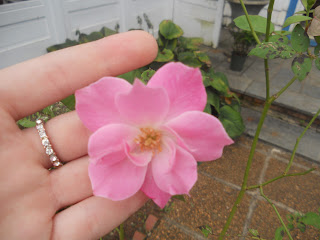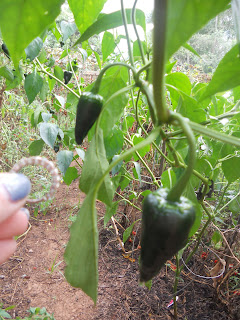Wednesday, August 8, 2012
(7)Auxin producing area of plant
(9)Carbohydrate- fibrous
(16)Heartwood
(19)K-strategist
(23)Mutualism example
(26)Phloem
(35)Taiga plant (or a relative of one)
(36)Tendril of a plant
(39)Vascular Plant Tissue
(40)Vitamin E- natural source
(3)Amylase
(4)Annelid
(6)Arthropod
(8)Batesian mimicry
(21)Lipid used for energy storage
(28)Pollinator
(29)Protein- Fibrous
(31) R-Strategist
(32)Scale from an animal with a two-chambered heart
Subscribe to:
Comments (Atom)



















